
For the past few years I have been systematically culling a lot of my possessions.
I am making a virtue of it to my friends, who often lament their accumulated stuff. There is a defiance about the way I relish the process.
They are impressed and I am now known for my fierceness in facing up to the task. I feel smug that I won’t have to do it when I am older.
Now I am wondering, how much older? I am already 66.
My mother died a couple of years ago, but I had cleared her house way before that, to make way for tenants who helped to fund her stay in the care home.
I have a very few of her possessions, only the small stuff, some valuable but mostly not. I come from an army family, we were never encouraged to hoard possessions. My home is small, it has my accumulated stuff and some of my daughters and most importantly contains my studio space.
Recently I needed a passport, I hadn’t renewed this important document, for 15 years. I kept putting it off. For those 15 years I was looking out for my mum and my daughter, my focus was on them. I didn’t feel the need to travel.
Getting back to the Museum for Object Research, is a passport an object?
I have kept all the old ones.
As a way of exploring self and identity I am making paintings of the 6 passport photos.
The portraits then have selected objects painted in the foreground. The objects are related to the time span of the passports. They are items of significance, but just ordinary things.
However I am aware that the objects I have kept and what I choose to add to my work represents my life. I become self conscious, imagining observers will judge me and it makes me feel vulnerable. The objects accompanying the image cause me to reflect and remember, which makes me nostalgic, regretful and sometimes sad.
I wonder how I can manipulate the choices I have made to enhance my offered persona, to present an alternative narrative, to appear a little more edgy……. I could cheat, just a little.
So far I have made 5 paintings and half way through the 6th. I refine the objects, adding something that I notice fits the narrative and seems to be jostling for attention. The reason some of these objects have survived is quite random. I mourn some objects that I no longer have. I toy with the idea of replacing them, but I know that would not work. Authenticity is key.
By the time I had made these five paintings ….. I had two rings, two hand written objects.
Two objects associated with travel.
Two associated with my daughter.
Two items for my father. Two with ex husband. Two with ex partner.
Three angels! (I had tried to ignore the wooden angel, but was proud when I bought it 55 yrs
Nothing yet linked to my mother.
So then, should decisions about what to include became about fairness, breadth and balance. I must include her, I have a choice of objects.
Do they fit the time span? Does that matter?
As I write this, the objects I have chosen so far for the five paintings have begun to assert themselves, to have a relationship and speak to each other. I think I need to give them some attention and allow them to become more dominant.
AND maybe the most important is the painting that I have not made yet. It covers the 15 years when I had no passport. I plan to represent this just through objects..
These small paintings are a prelude for what I hope will either be larger pieces, or a series of another 6 paintings offering an alternative image of me, or an assemblage, or…..
Jenni Dutton MfOR September 2017
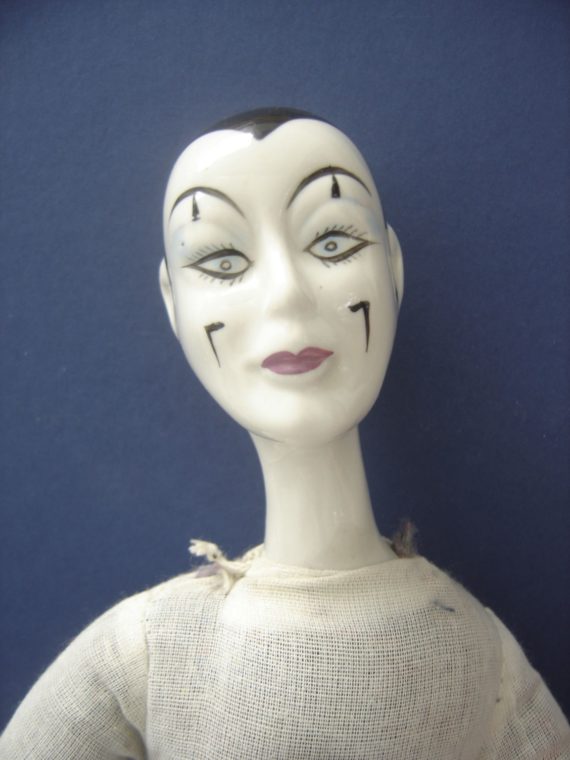
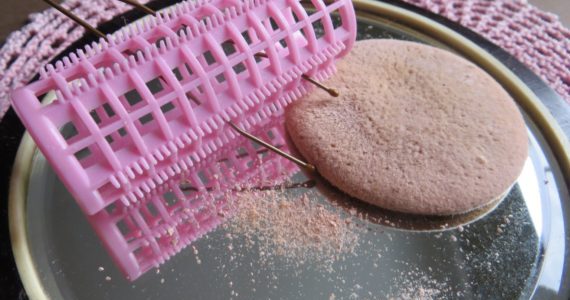

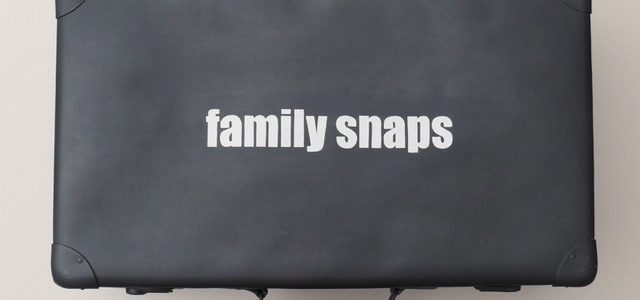


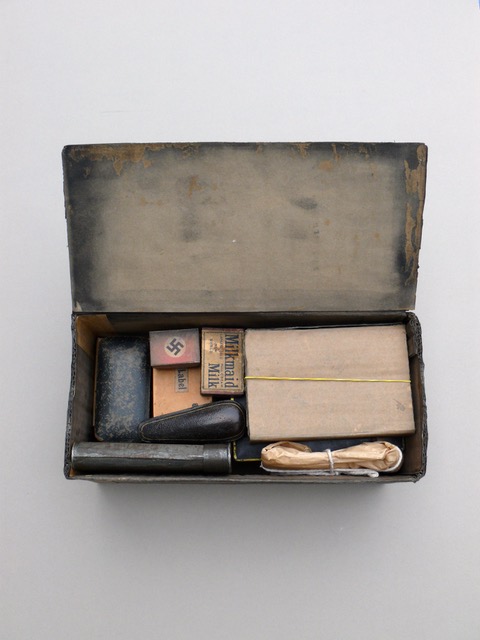

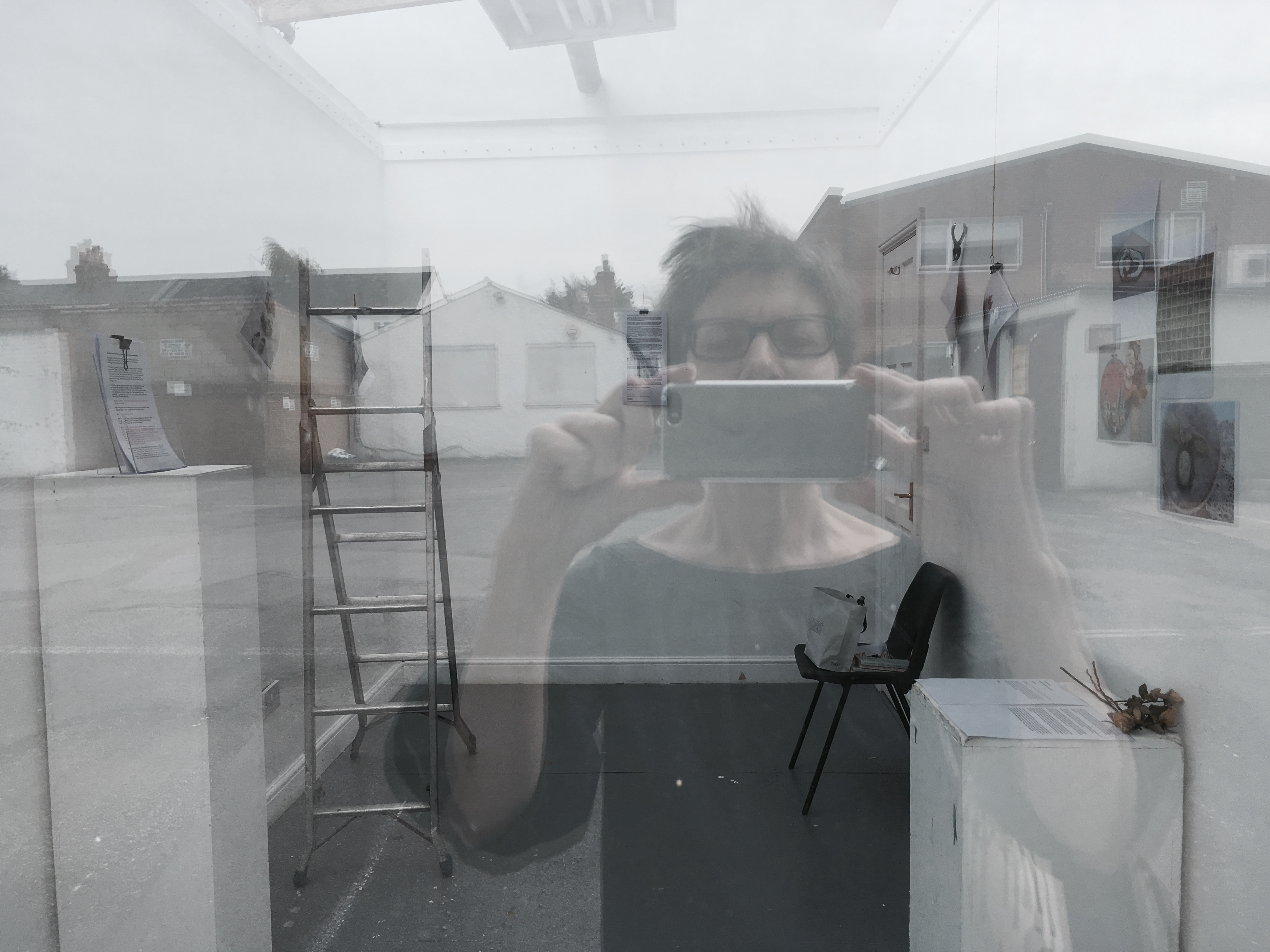
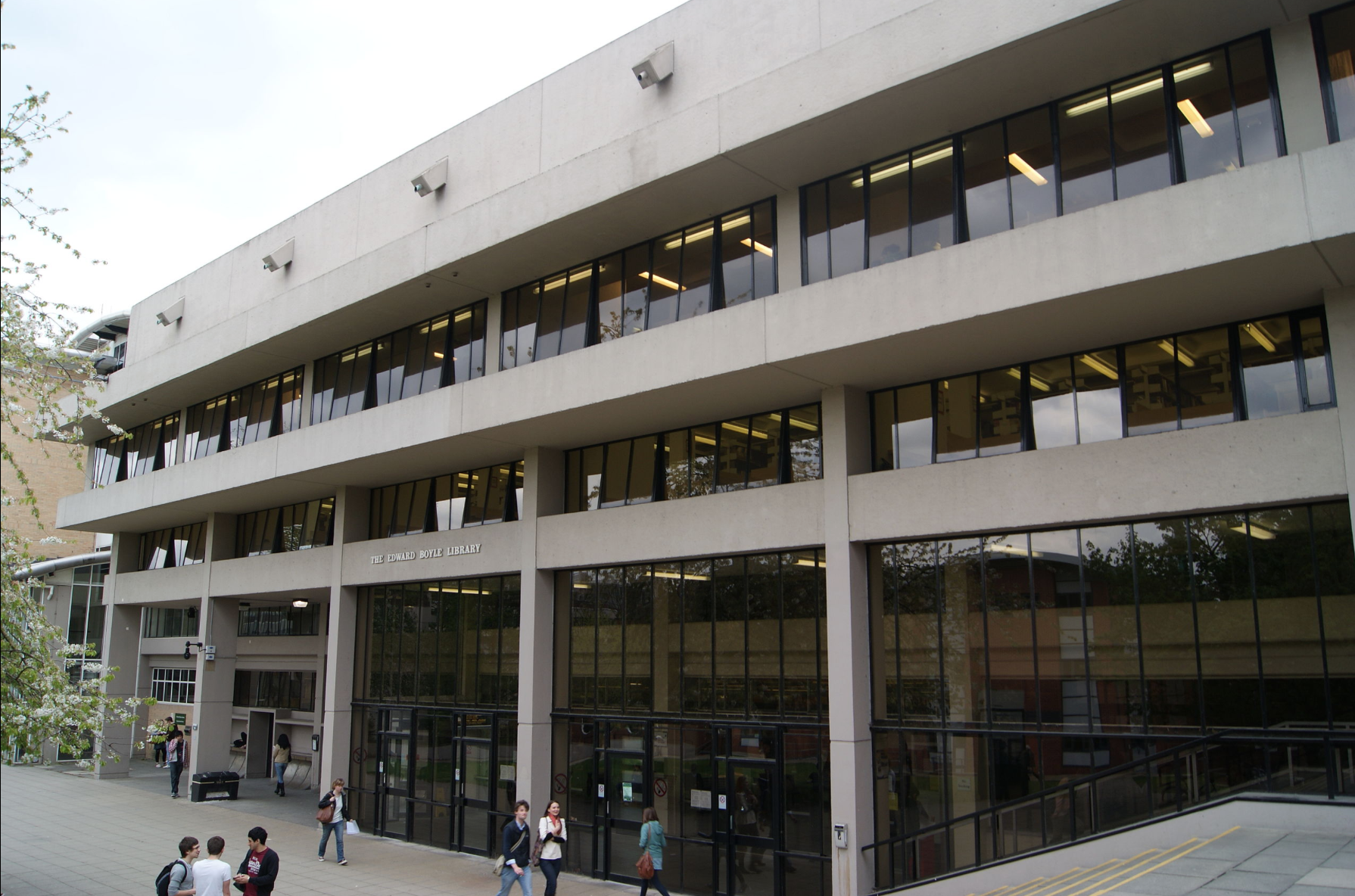
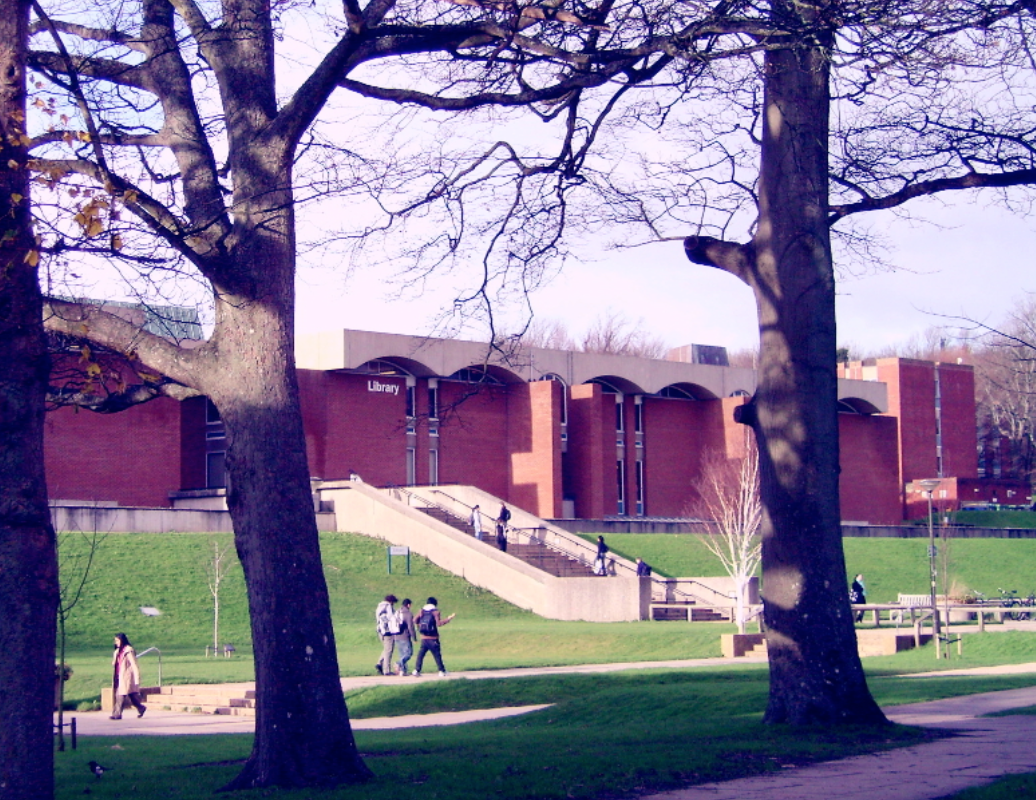

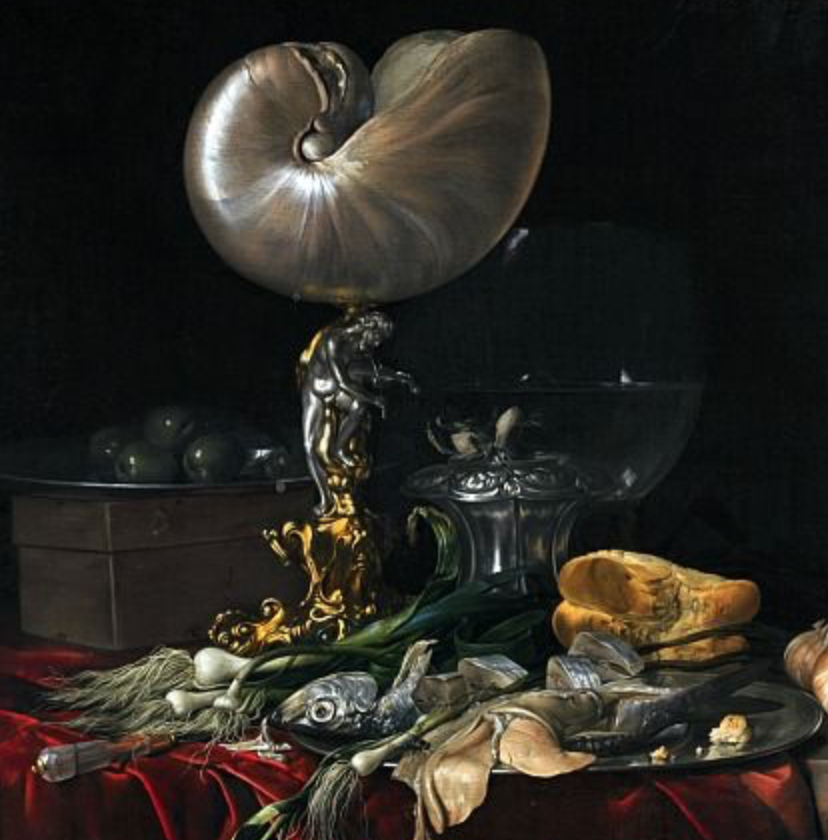


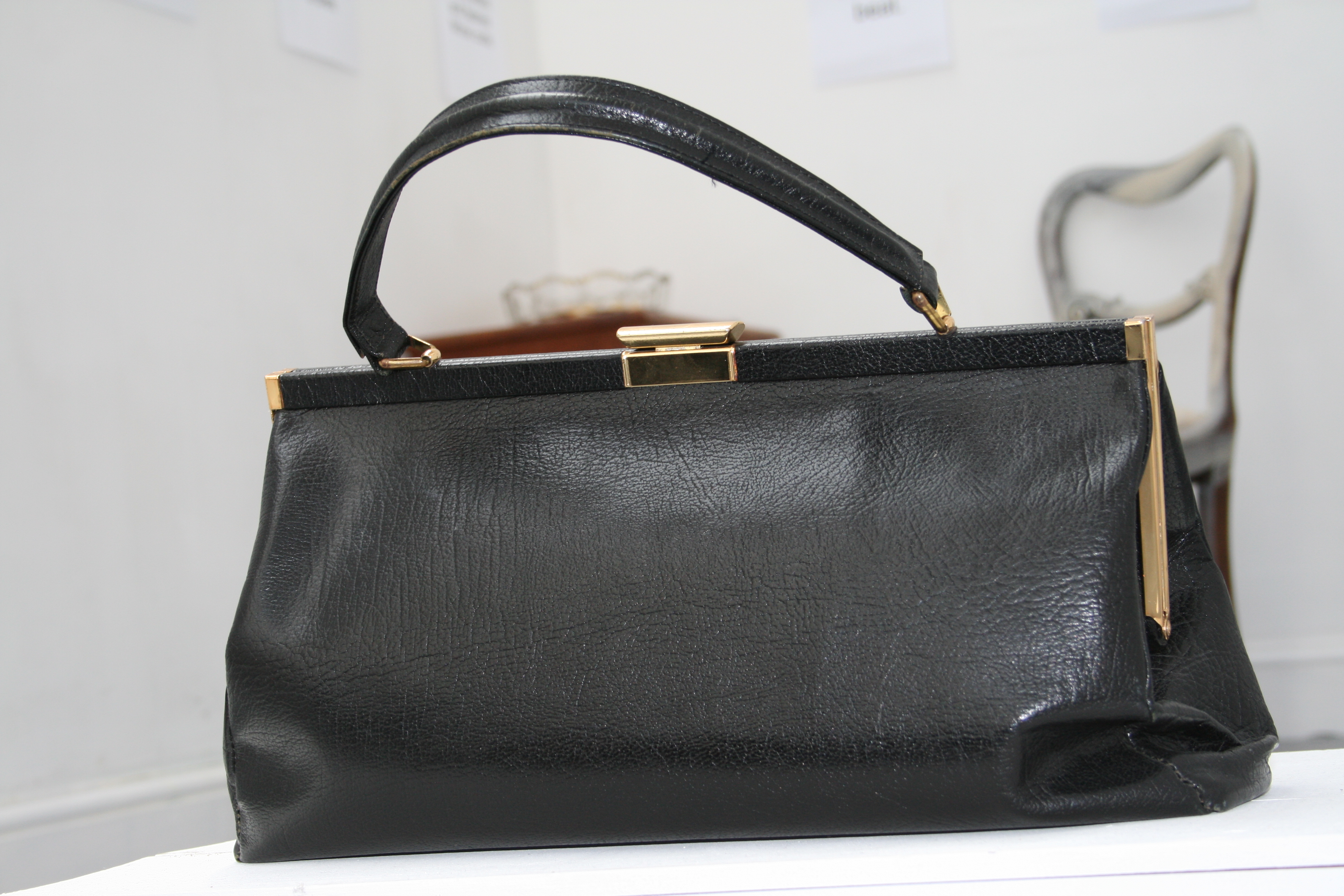
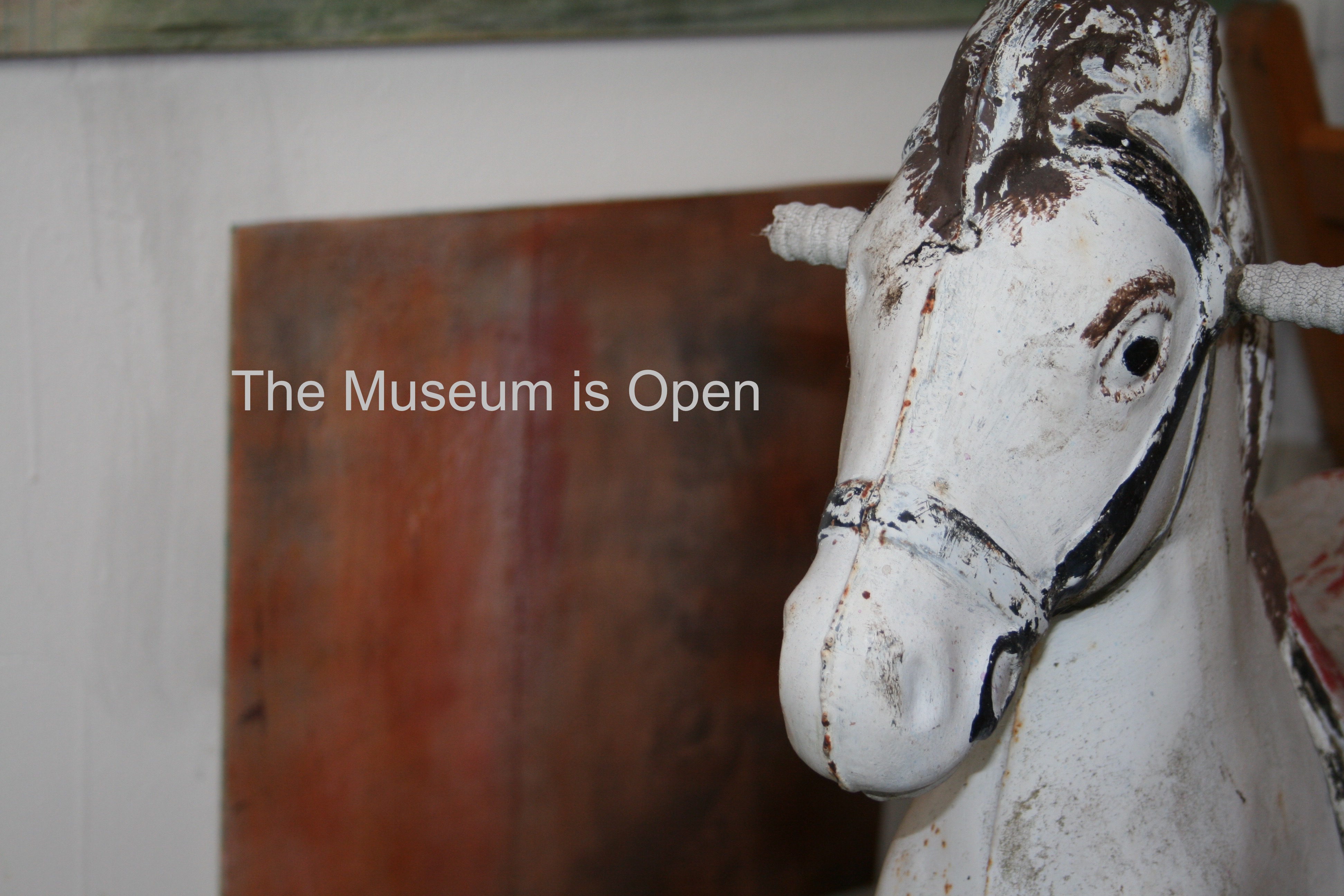 This is how I began the MoFR with a call out to object artists back in September 2014.
This is how I began the MoFR with a call out to object artists back in September 2014.
